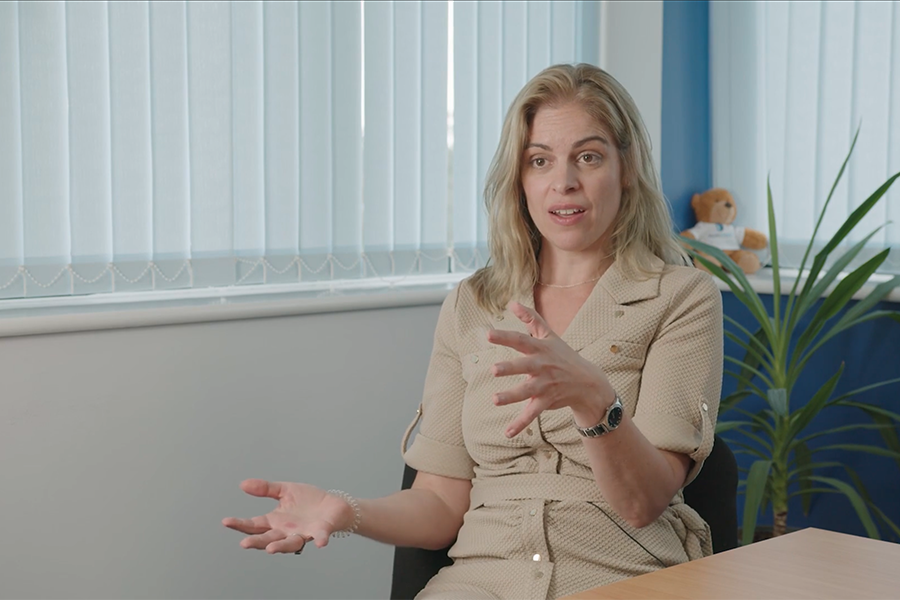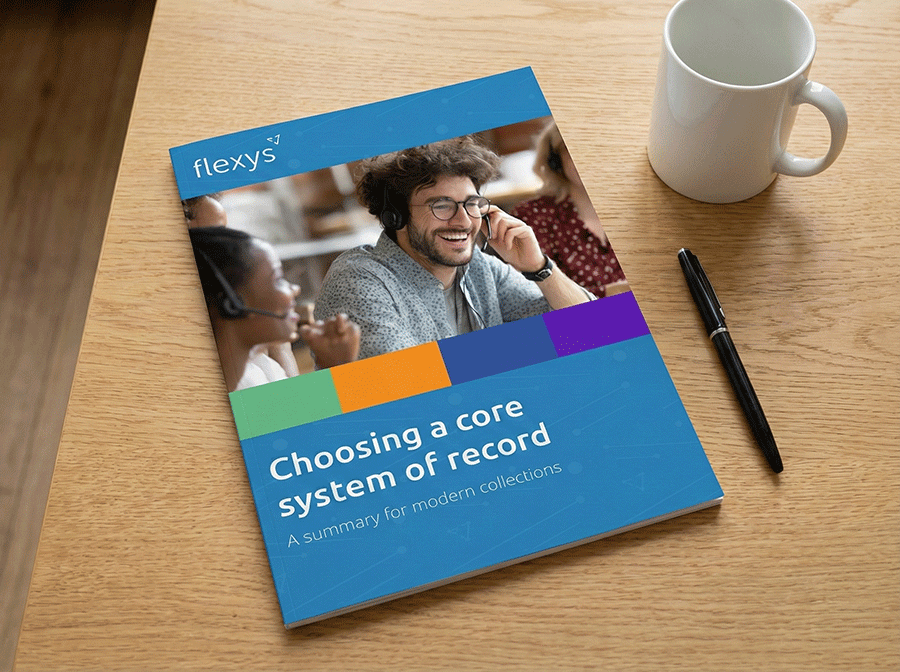From multichannel to omnichannel: rethinking debt communications for better access and results
Are your communication channels reading from the same page?
You offer your customers multiple ways to get in touch. But if a customer starts a conversation in your web portal and then calls for help, does your agent know what they were just doing?
If the answer is "no," then your channels are not reading from the same page. The result is a frustrating experience for the customer, and a costly, inefficient process for you. The goal isn't just to offer more channels; it's to ensure a single, continuous conversation can flow between them without losing context.
This is the fundamental difference between a multichannel and a true omnichannel approach, and it’s the key to better results.
.png)
Multichannel vs. omnichannel: what's the real difference?
This distinction is all about how customer information is shared - or isn't.
- Multichannel is like giving everyone a different book. A customer's interaction on your portal is recorded in one place, while their phone call history is kept in another. Because the channels don't share information, the customer is forced to repeat their story every time they switch.
- Omnichannel ensures everyone reads from the same book. All channels are connected to one central source of information. A customer can start on a chatbot, switch to the phone, and then log into a portal. The context of their conversation travels with them because every channel is accessing and updating the same real-time record.
The high cost of a broken conversation
When your channels aren't working from the same information, the customer's journey is fragmented. They are forced to become a broken record.
Consider these common scenarios:
- A customer spends ten minutes with a chatbot providing details about their situation, only to be told they need to speak to an agent, where they have to start from scratch.
- A customer logs into your self-service portal to make an arrangement but can't find the right option, so they call. The agent on the phone has no idea what they were just trying to do online.
In these moments, your digital channels have failed. The customer is forced onto your most expensive channel (the phone), their frustration grows, and the risk of a complaint increases.
The solution: a central 'brain' for your communications
True omnichannel capability is built on the technology behind the scenes.
The foundation is a centralised digital core. Think of this as the single source of truth; the master book that all your channels read from and write to. This 'brain' holds the complete, up-to-the-second history of every customer conversation and makes it available to every channel, whether human or digital.
When this is in place, your entire operation works in unison.
Omnichannel in action: a single conversation across multiple channels
Let’s see how this creates a seamless experience.
- A customer needs breathing space: A customer uses your web portal to request a 30-day hold on their account, providing details of a temporary life event. A few days later, they call to discuss a payment plan. The agent who answers immediately sees the request and the reasons provided. They pick up the conversation right where it left off, saying, "I can see you've requested a temporary hold on your account. Let's talk about the best way to move forward when you're ready."
- An I&E journey is completed: A customer completes an online Income & Expenditure (I&E) form but wants to ask a question. They start a web chat. The chat agent can instantly see the completed I&E form and can discuss the specific figures the customer has entered. The conversation is immediate, informed, and resolves the query without any repetition.
The business benefits of a unified approach
When your customers feel heard because your teams are fully informed, the benefits to your operation are clear:
- Fewer complaints: A smooth, respectful journey reduces the frustration that leads to complaints.
- Higher first-contact resolution: Agents and digital tools have the full context to solve issues the first time.
- Lower operational costs: Customers can successfully use self-service tools, reducing traffic to expensive phone lines and freeing up agents for more complex cases.
- Stronger compliance: A single, unified record of the entire customer conversation provides a complete audit trail and ensures consistent treatment.
As you plan your digital strategy, ask yourself this: are your channels working from different books, forcing customers to repeat their story? Or are they all reading from the same page, enabling one continuous dialogue that leads to a resolution?







